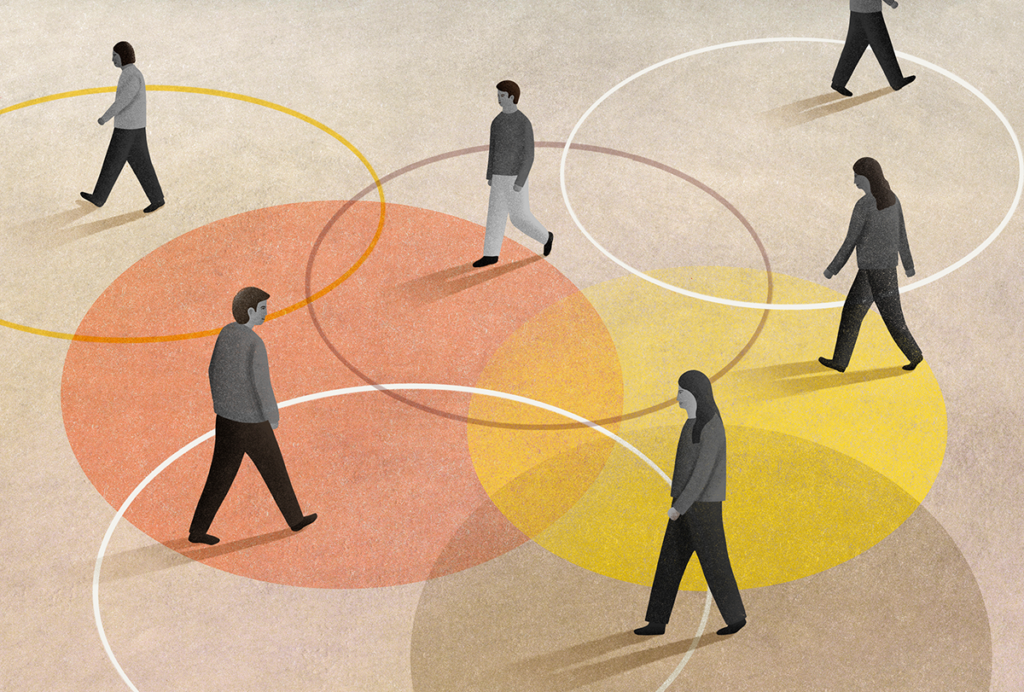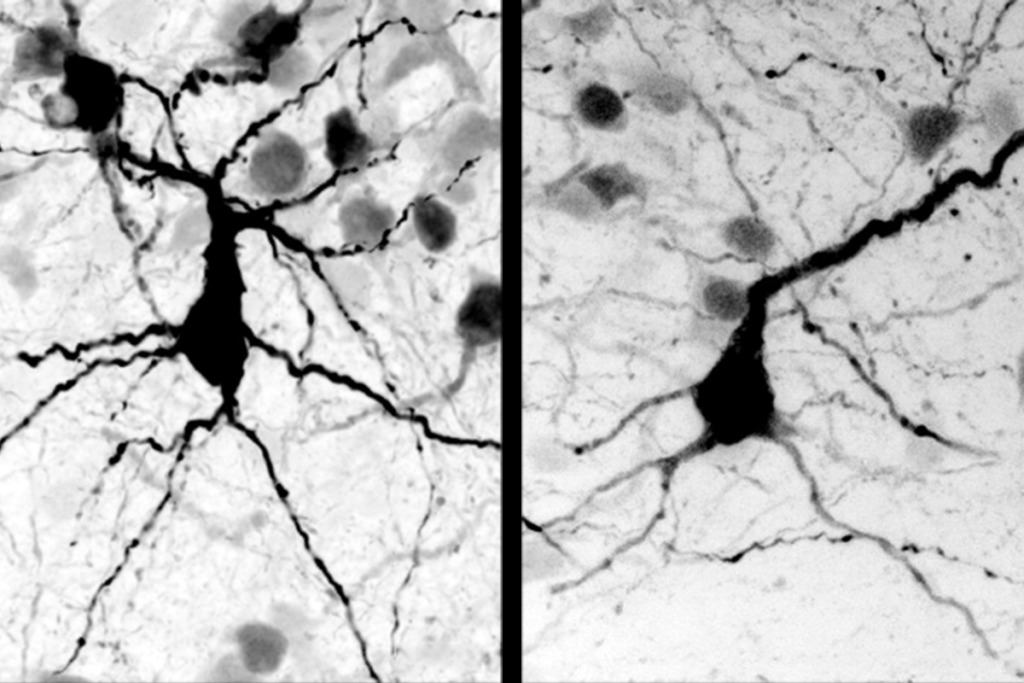Brain growth could be early sign of autism
As many as one in every three people with autism develop a macrocephalus, or extremely enlarged head, at some point in their lives, an observation largely accepted as fact. But how or why this happens ― and whether it happens consistently enough to be useful in diagnosing autism ― remains contentious.
As many as one in every three people with autism develop a macrocephalus, or extremely enlarged head, at some point in their lives, an observation largely accepted as fact. But how or why this happens ― and whether it happens consistently enough to be useful in diagnosing autism ― remains contentious.
At least one study has found that the brains of children with autism grow rapidly between seven and ten months of age, long before most other symptoms of the disorder appear.
Dozens of other studies have documented rapid or enlarged head growth in autistic children ― roughly 50 to 60 percent of the kids have larger heads during early development that may normalize at later ages. Experts say the larger size is probably indicative of greater brain volume1, but don’t agree on what parts of the brain expand most.
In one recent study, published in the Journal of Child Neurology, University of Washington researchers studied the rate of head growth in children diagnosed with autism over the first three years of their life. They observed that the heads of infants who go on to develop autism grow faster than those of typically developing children2.
“We were able to say it looks like accelerated head growth really occurs between seven and 10 months,” says lead author Sara Jane Webb, a researcher at the university’s Autism Center. “This abnormal head development precedes autism symptoms.”
The researchers used the head circumference and height measurements of 28 boys with autism ― 17 with early-onset and 11 with regressive ― and 8 boys with other developmental delays as a control. These children are part of a larger longitudinal study, but the researchers didn’t start following them until around age 3, so they had to rely on medical records for the data between birth and 3 years.
They compared the average head sizes in each group over time with typical rates provided by the U.S. Centers for Disease Control and Prevention.
Till about 7 months of age, there was no difference in the average head circumference between the autism and the control groups. But between 7 and 10 months, there was a statistically significant increase in the rate of head growth, but not in height, in children with both early-onset and regressive autism spectrum disorders (ASD) as compared with typically developing children, Webb says. Of the 28 ASD boys, 6 also met the diagnostic criteria for macrocephalus.
After the 10-month mark, any differences in the rate of head growth were highly variable and not statistically significant. Previous work suggests that head growth in children with autism slows down to normal or slower-than-normal rates around 2 years of age3.
Early diagnosis?
Because this rapid head growth is seen before most other symptoms appear, it could be used as a biological marker for autism, says Webb, identifying high-risk kids while they wait to be seen by clinicians.
But Janet Lainhart, a psychiatrist and pediatrician with the Brain Institute at the University of Utah, is more cautious. Head size data could be a useful piece of additional information, but doctors notice accelerated head growth in about six percent of typically developing children4,5, she notes. “The problem is that increased head growth during infancy is non-specific,” Lainhart says. “There’s no way that it, by itself, can be used to diagnose autism.”
Even those who have recorded much of the head growth data are cautious. “I think it is pretty clear that we do not have sufficient data to use head circumference clinically,” says Joe Piven, an autism researcher at the University of North Carolina at Chapel Hill who is trying to identify the reasons for the enlargement. “This really requires an epidemiologic study to determine how it really contributes to risk.”
Some researchers are turning to imaging studies to study the abnormal brain growth. For instance, in a 2001 magnetic resonance imaging (MRI) study of 30 autistic boys under age 5, a full 90 percent of 2- to 4-year-olds had above-average brain volumes6.
Among these children, those at age 2 or 3 showed enlargement in specific regions: they had about 12 percent more gray matter and 18 percent more white matter in the cerebral cortex, the part of the brain that governs thought, memory and language, and 39 percent more white matter in the cerebellum, which is involved in movement and balance. Other studies have reported enlarged gray and white matter in the cortex, but not in the cerebellum7,8.
“The results from MRI studies are all fairly consistent in showing increased volume,” Piven says. “But beyond that there are differences in the findings from the studies.” He says some of those differences can be attributed to variable experimental design, especially in subject age and comparison groups.
The underlying cause of the increased volume also remains a mystery. “It really remains to be seen ― even if it’s gray matter or white matter ― whether it’s due to increased tissue or increased water content,” Lainhart says. “We just don’t know yet.”
References:
Recommended reading

New organoid atlas unveils four neurodevelopmental signatures
Explore more from The Transmitter

The Transmitter’s most-read neuroscience book excerpts of 2025

Neuroscience’s leaders, legacies and rising stars of 2025


